Meyer lemon bitters
Homemade bitters was for me yet another project born of using trash creatively. My friend Kristina’s Meyer lemon tree plus our neighbors’ tree produced a bounty to be squeezed, zested, frozen, and turned into every project under the citrus sun. This station below was a juicing, bitters, limoncello, and seed-saving operation in December.
Making bitters was my answer to not just throwing the spent pith and peels in the trash (our compost pile wouldn’t appreciate all that acid). I read up on old-timey bitters and their initial purpose as an elixir for stomach and digestive ailments. This recipe is a modern approximation of herbal and zingy infused bitters with things you can probably find in the bulk section of your grocery co-op. Mountain Rose Herbs is a great place to source roots and barks and all sorts of great herbal items.
Citrus or other tart fruits make a great base flavor. I’ll post the slightly altered spice combo for the batch of grapefruit bitters I’ve currently got going now (after it’s finished and I taste it!). I’ve also used rhubarb and blackberry as the base flavor for bitters with great success.
Meyer Lemon Bitters
yields 3-4 cups
1. Make a spice sachet inside a piece of cheesecloth, a small muslin bag, or using a large a paper tea bag:
- 2 Tbs dandelion root
- 1/2 Tbs white peppercorns
- 1/2 Tbs whole allspice
- 5 juniper berries
- 5 cloves
- 1 star anise pod
Feel free to modify these, just try to keep a balance of woody, zingy, and herbal. Chew on dried roots or barks to determine if that’s the flavor you’re going for before investing in this month-long journey of infusion. Drop this spice bag into a 2-quart glass jar.
2. Fill jar with as many organic lemon rinds, pith and spent sections as you can cram in there. Pack them in firmly, pushing them down as you go. I used mostly-zested peels and pith from Meyers because I had them, but any citrus trash is ideal (the remainders after you’ve juiced and zested all you want). Using unzested rinds are fine, too, if you don’t want to freeze fresh zest for future use. Store the seeds in a jar in the freezer to add pectin to future jams.
3. Pour grain alcohol over the the packed jar, pushing the rinds down to ensure the alcohol completely covers the rinds. Cap jar tightly and let sit in a dark place for 1 month.
4. After infusing is finished, the day before you plan to complete the bitters, make a syrup by combining 1/4 cup sugar and 2 Tbs water in a small saucepan. Bring the mixture to a boil and stir to keep the sugar from scorching. Reduce the heat and simmer for 3 minutes. Remove the syrup from the heat, and pour into a small jar with a lid. Let sugar syrup sit overnight at room temperature.
5. Strain out solids from the infusing jar first through a fine wire mesh sieve, and again through a coffee filter. Add the simple syrup to the strained bitters—omitting any sugar crystals that formed overnight. Store the bitters at room temperature away from heat and light in a tightly sealed jar or bottle, where it will keep indefinitely.
You can also bottle your bitters individually in amber glass dropper bottles and swap them!
 Alcohol,
Alcohol,  Beverages,
Beverages,  Creative Gifts,
Creative Gifts,  Entertaining,
Entertaining,  Food Preservation,
Food Preservation,  Fruit,
Fruit,  Kitchen,
Kitchen,  Recipes,
Recipes,  Reusing,
Reusing,  Winter
Winter 
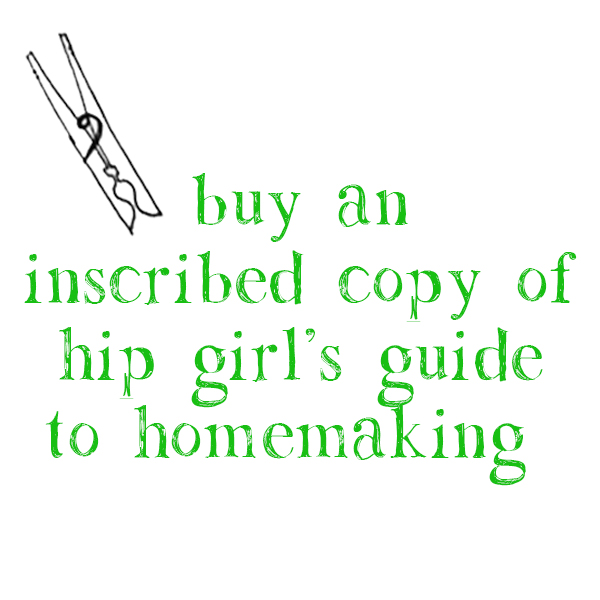
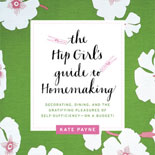
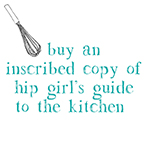



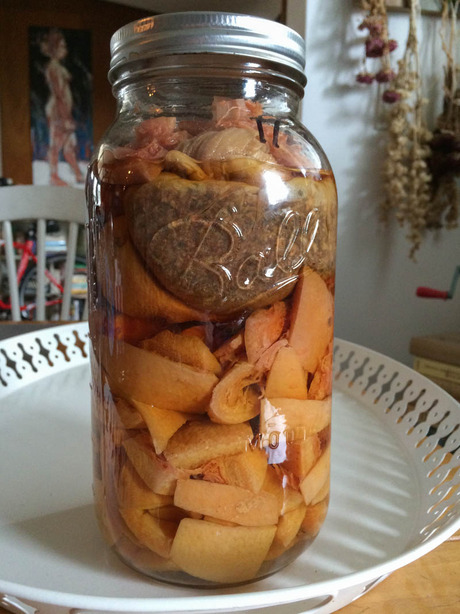
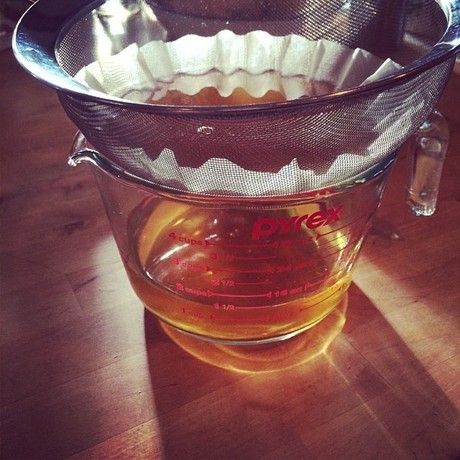
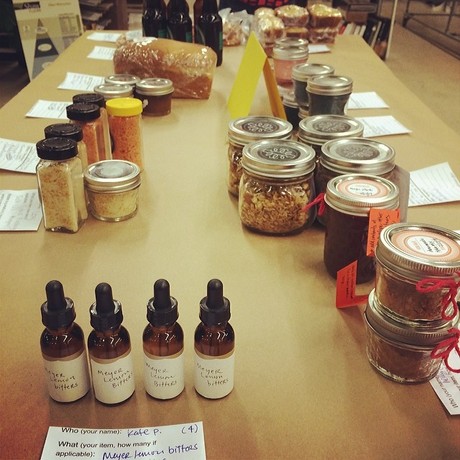

Reader Comments (4)
Thanks for the recipe, it looks great and the timing could be better. I currently have Meyer lemons in everclear for making Limoncello and have been thinking about bitters for a while now. I think I will set some aside for bitters.
Love this process of using every little bit of citrus. Finding organic citrus is tough in my area, but I'll have to try harder to find a source. Must have bitters...
I made some bitters with lavendar and the recipe suggested 10% simple syrup. now I have sugar crystals. Is this okay? Should I strain them? Will they mold?
Hi Tam,
If you ended up with sugar crystals it's ok, just an aesthetic thing. I'd probably just leave them in the jar if it is a small bottle, if you have a lot of bitters, you can restrain and rebottle. Nothing should mold with the standard dilution of grain alcohol or high proof vodka, though it's not my recipe so I can't say for sure.